[2025] How to Recover Recently and Permanently Deleted Files from iCloud? (iPhone Incl.)
 24.3K
24.3K
 2
2
 Data Recovery
Data Recovery
Recover Permanently & Recently Deleted iCloud Files Easily
With iCloud, we get the way to sync our files across various devices, which is conducive to information sharing and data transmission. We can start our work on one device and continue on another device. In the meanwhile, iCloud also enables us to store any kind of files online, greatly freeing up the local storage space.
However, data loss is almost everywhere. iCloud users also have to bear the risk of losing significant files suddenly. That’s why we come to this article. Here we will walk through a full guide on how to recover permanently deleted files from iCloud, to restore recently deleted iCloud files on Mac, iPhone and iPad.
 Cisdem Data Recovery
Cisdem Data Recovery
Recover Permanently & Recently Deleted iCloud Files Easily
- Restore permanently deleted files from iCloud directly (photos, videos, contacts, notes, messages...)
- Recover both permanently and recently deleted files on iCloud
- Support the recovery of videos, audios, graphics, documents, 200+ file formats
- Save recovered files to cloud storage services: iCloud, Dropbox, OneDrive, pCloud, Box...
- Repair corrupted videos/images/documents
- Filter files by keyword, file size, date created or modified for quick recovery
- Preview iCloud files before actual recovery
- Recover data from unbootable Mac
 Free Download macOS 10.15 or later
Free Download macOS 10.15 or later
iCloud Data Recovery on Mac
In this part, we will introduce how to recover both recently deleted and permanently deleted files from iCloud on Mac.
Part 1: How to Recover Permanently Deleted Files from iCloud after 30 Days?
Assuming you have lost your iCloud files over 30 days, there is no possibility to get them back on icloud server any longer.
But a piece of professional iCloud data recovery software - Cisdem Data Recovery still offers a beacon of hope. With its iCloud recovery feature, Cisdem can help to recover both recently and permanently deleted files from iCloud via iCloud account or via iCloud directory. The file types will cover data in Notes/Contacts/Pages/Keynote/Numbers/Photos app and iCloud Drive files.
Besides, in the condition that you first uploaded the local files onto iCloud and then deleted them permanently both from computer and from iCloud, Cisdem Data Recovery will also create a big chance to undelete them. Your deleted iCloud files originally saved on computer will remain in storage disk before overwritten by new data. So just seize your time to take actions.
Why choose Cisdem Data Recovery to recover permanently deleted files from iCloud?
-
Recover iCloud files from iCloud account, iCloud directory, or from backups on internal or external hard drive
- Support restoring permanently lost iCloud files on macOS Sonoma (or earlier) and Windows system
- Directly recover files back to iCloud platform
- Repair damaged or unplayable videos, including mp4, mov, avi, m4v, etc.
- Preview recoverable data before recovery
- Traceable scan records to resume scanning at anytime
How to recover permanently deleted files (incl. photos) from iCloud?
Scenario 1. Recover permanently deleted files from iCloud after 30 days
-
Download, install and launch Cisdem on Mac.
 Free Download macOS 10.15 or later
Free Download macOS 10.15 or later - Go to iCloud, choose an iCloud recovery mode and click on Next.
![cisdem icloud recovery 01]()
- Sign in to iCloud with your account.
![cisdem icloud recovery 02]()
- Choose a category to recover your deleted files from iCloud, then click Next.
![cisdem icloud recovery 03]()
- Check the deleted files, select your wanted ones and click Recover to restore them back to your Mac.
![cisdem icloud recovery 04]()
Scenario 2. Recover local iCloud files deleted after 30 days
- Free download, install and run this program on your computer.
 Free Download macOS 10.15 or later
Free Download macOS 10.15 or later - Select and scan a storage location.
Choose Hardware Disk. Select the exact volume/partition that was used to store your lost iCloud files. Then hit on "Search for lost files" button to start the scanning.![cisdem data recovery 01]()
- Find your deleted iCloud files.
Once scanning done, all found data will be classified into different file types. Locate and preview the iCloud files you would like to recover.![cisdem data recovery 02]()
- Recover your deleted iCloud files.
Tick the selected iCloud files and click on "Recover" to iCloud directly or local drive on your computer.![cisdem data recovery 03]()
Part 2: How to Retrieve Recently Deleted Files on iCloud Within 30 Days?
For those data removed no more than 30 days, iCloud has set automatic recovery features accordingly. It is well known that users can choose to upload data from different applications to iCloud and store them online. All these applications can be divided into 2 cases. Moreover, in case these recovery features don’t work, there is another chance to get back iCloud recently deleted files or folders --- contacting Apple Support.
Case 1: Recover files recently deleted from iCloud Drive or iWork app
- Go to icloud.com by your browser on your computer > sign into iCloud with your Apple ID.
![recover files from icloud drive 01]()
- If you use two-factor authentication, you will have to allow the connection on your iOS device and enter the verification code you have received.
![recover files from icloud drive 02]()
- Go into iCloud Drive part.
![recover files from icloud drive 03]()
- Click "Recently Deleted" from the left menu bar on the window.
![recover files from icloud drive 04]()
- Choose each file you want to recover, click "Recover" to retrieve it to iCloud. If you wish to restore all the recently deleted files at once, click "Recover All".
![recover files from icloud drive 05]()
Case 2: Recover iCloud files recently deleted from other apps
- Log into iCloud as in case 1.
- Scroll down to the Data Recovery section, click it to enter.
![recover files from other apps 01]()
- Choose "Restore Files" option.
![recover files from other apps 02]()
- Choose the files you desire to restore, finally click "Restore" to recover the deleted files to their original locations on iCloud.
![recover files from other apps 03]()
Case 3: Contact Apple Support to restore iCloud recently deleted files
It’s reported that Apple Support is able to roll back some files users recently deleted. But sometimes the recovered files are not the specific ones we are looking for. Once it’s worth it to you, give Apple Support a try and see if you have any luck.
- Visit getsupport.apple.com.
- Describe your problem in the box under “Tell us what’s happening” and press Enter to search. Here we can say “I deleted my iCloud files”.
![contact apple support 01]()
- At the bottom of your screen, contact Apple Support via chat or call. Provide your name, email, Apple ID and other relevant information if required.
![contact apple support 02]()
- Wait patiently for Apple Support to recover your recently deleted files on iCloud.
You are also allowed to check out the following Youtube video for a more intuitive instruction.
iCloud Data Recovery on iPhone or iPad
Concerning how to recover deleted iCloud data on iOS devices, we will also include the solutions in 2 parts, one for recently deleted files, another for permanently deleted files.
Part 1: How to Recover Permanently Deleted Files on from iCloud on iPhone/iPad?
As for retrieving iCloud files which have been deleted forever, a feature called "Restore from iCloud Backup" on iOS device might be put into handy use. To be specific, this is a kind of complete retrieval, which will overwrite all the current settings and data on your iPhone/iPad during the resetting process. Thus, do not forget to create a backup of your existing iOS data before trying this approach.
Also keep in mind that "Restore from iCloud Backup" is workable only when the "iCloud Backup" has been initiated beforehand as shown below:

Follow up the guide on how to recover permanently deleted iCloud files on iPhone. Remember to keep Wi-Fi connected through the process.
- On your iOS device, go to Settings > General > Transfer or Reset iPhone.
![restore from icloud backup 02]()
- Choose Erase All Content and Settings > tap on Continue.
![restore from icloud backup 03]()
- Enter your Apple ID password to start to erase the device.
- Wait for several minutes, your iPhone will restart and reach the Apps & Data screen. Select "Restore from iCloud Backup".
![restore from icloud backup 04]()
- Sign into iCloud with your Apple account.
- Choose a relevant backup made before you lost your iCloud files. Finally your wanted files will reappear on the iPhone. Then you can upload these files to iCloud again.
![choose an icloud backup]()
Tips: Notes: if you don’t want such a complete retrieval, you can install iPhone Data Recovery on your computer to recover specific files with ease.
Part 2: How to Restore Recently Deleted Files from iCloud on iPhone/iPad?
By heading for Files app on your iPhone/iPad, all the iCloud Drive files and local files you removed recently are available. See below for the instruction of restoring them.
- Open Files app on your iOS device.
![recover recently deleted icloud files ios 01]()
- Choose Browse tab > tap on "Recently Deleted" option.
![recover recently deleted icloud files ios 02]()
- Pick out and press your wanted file > tap "Recover" to revert it back to its original storage location.
![recover recently deleted icloud files ios 03]()
Basics about iCloud Recovery
Also, we should have a basic understanding about iCloud recovery, to avoid losing more files due to human errors.
Where Did Deleted iCloud File Go?
No matter you delete a file from iCloud Drive or from any Apple’s app (Photos, Notes, Notes, Pages, Keynote, Numbers, etc.), the deleted files will be moved to the “Recently Deleted” folder. If you didn’t delete any file on iCloud before, the system will newly create a “Recently Deleted” folder to store the deleted files.
How Long Does Recently Deleted Files Stay in iCloud?
30-40 days.
All the deleted files will show the time remaining before deletion, after that time, items will be permanently deleted. This may take up to 40 days. In general, files will be auto removed from Recently Deleted folder after 30 days and gone on your iCloud. But Apple adds “This may take up to 40 days” in the reminder, we haven’t found an official explanation for this message on Apple website, according to iCloud users, iCloud chooses to keep some deleted files more than 30 days depending on the storage space or the files are indeed deleted from your iCloud but still recoverable on Cloud server.
Are Permanently Deleted iCloud Files Gone Forever? Can We Recover?
Permanently deleted iCloud files will be gone from iCloud server, you won’t be able to find and recover in your iCloud account. But this doesn’t mean the permanently deleted iCloud files are gone forever, under some specific circumstances, we can still recover. For example, we upload files to iCloud from our Mac or iOS devices, there was a backup, even though you have deleted the backup files on your devices, we can still recover, then upload to iCloud again.
Which Files Can We Get Back via iCloud Recovery?
iCloud recovery supports any kind of files, including files and data created in an Apple app, also files in any format stored in your iCloud Drive.
- Emails (Mail app data)
- Contacts (Apple Contacts data)
- Calendar
- Photos (images and videos)
- Notes
- Pages
- Numbers
- Keynote
- Office documents (Word, Excel, PowerPoint)
- Others (archive, audio, exe, dmg, vectors, webpages, bookmarks, etc.)
To Wrap Up
It often seems hard to recover a permanently deleted files from iCloud after 30 days. Hopefully this article has provided several practical tips under given scenarios. For those who desire to recover their permanently deleted iCloud files that were originally saved on computer, a data recovery software like Cisdem Data Recovery is worth a shot.

Connie Yu has been a columnist in the field of data recovery since 2011. She studied a lot of data loss situations and tested repeatedly to find a feasible solution tailored for each case. And her solutions are always updated to fix problems from the newest systems, devices and apps.

JK Tam is the lead developer at Cisdem, bringing over two decades of hands-on experience in cross-platform software development to the editorial team. He is now the lead technical approver for all articles related to Data Recovery and DVD Burner.






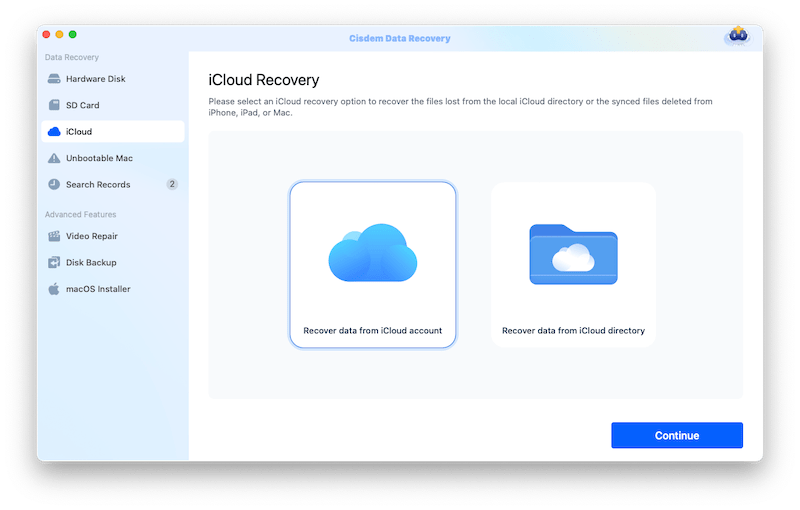
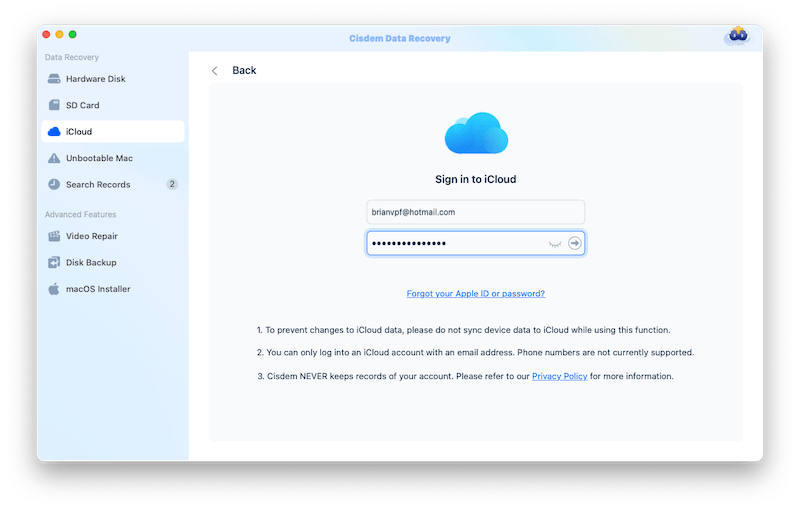
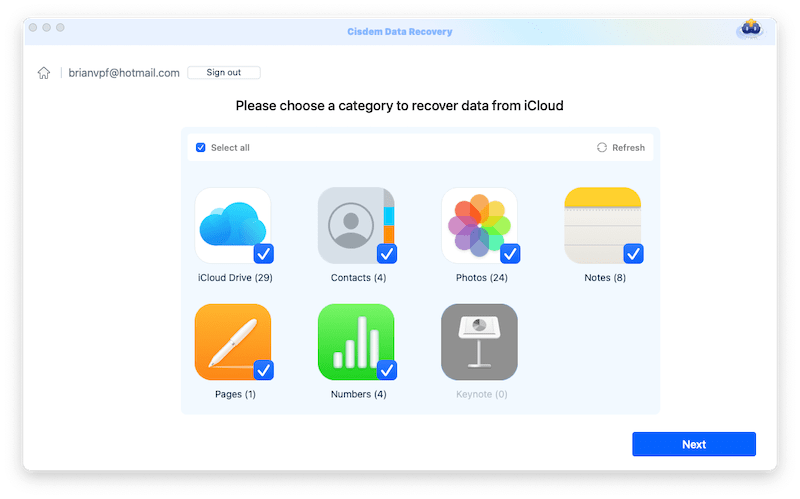
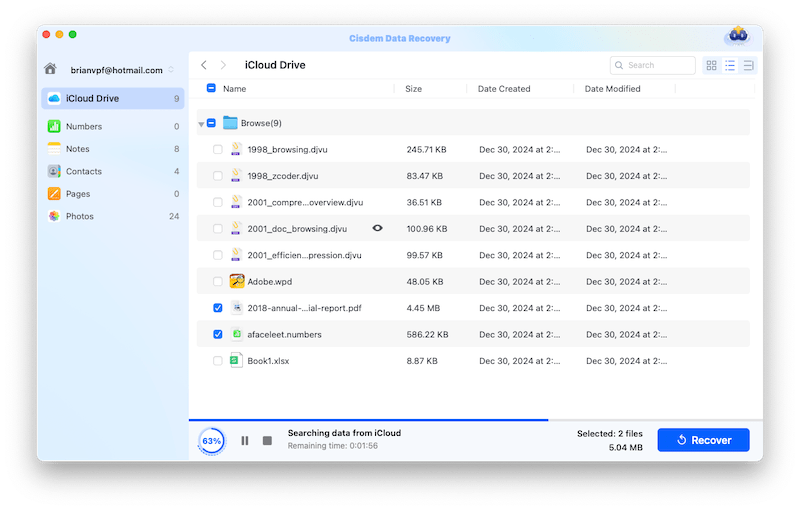
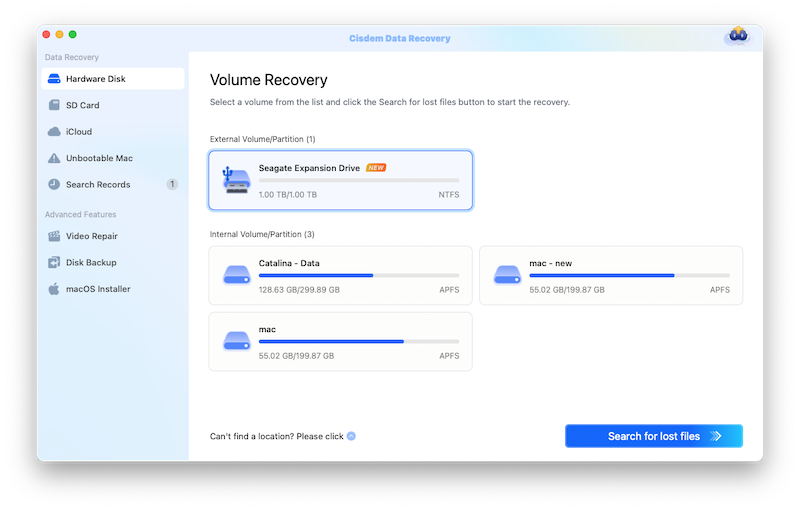
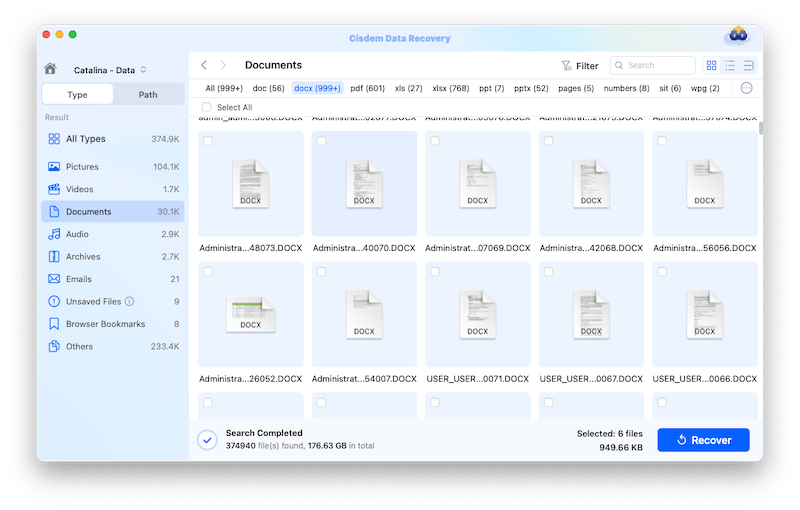
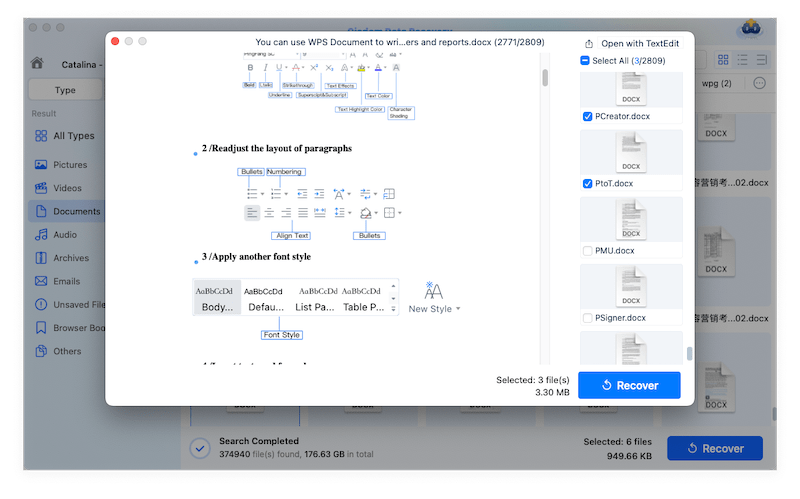
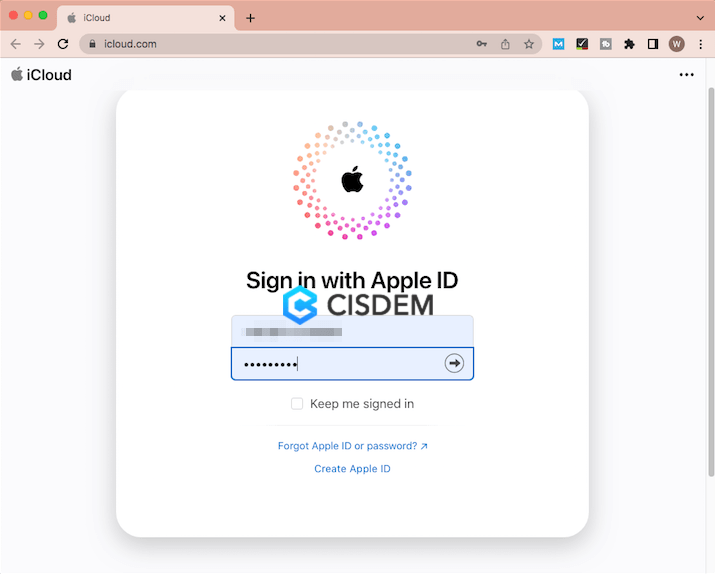
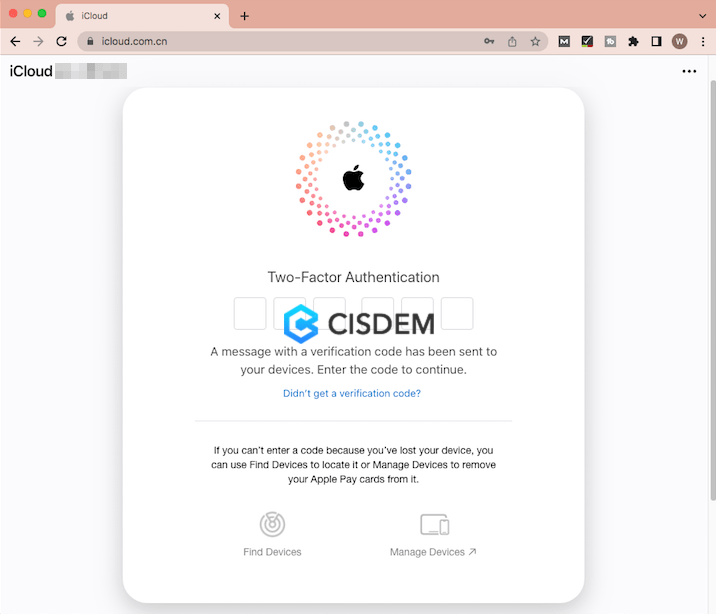
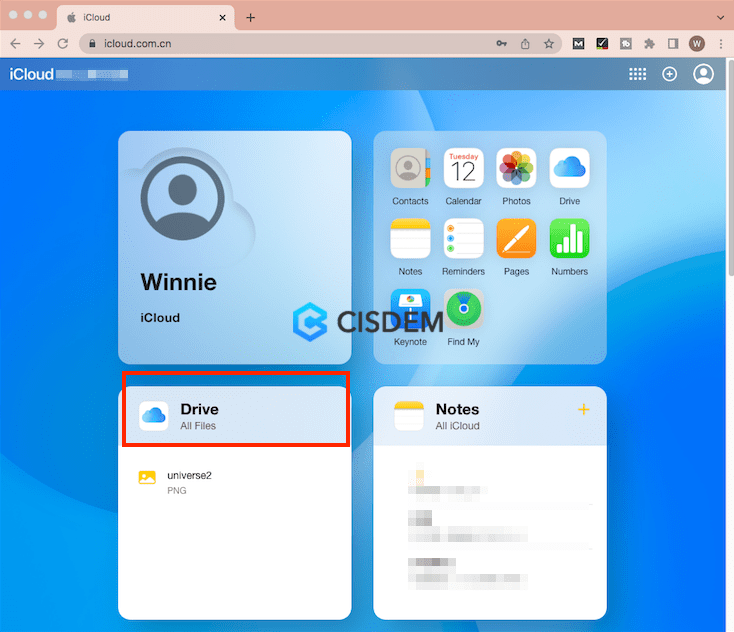

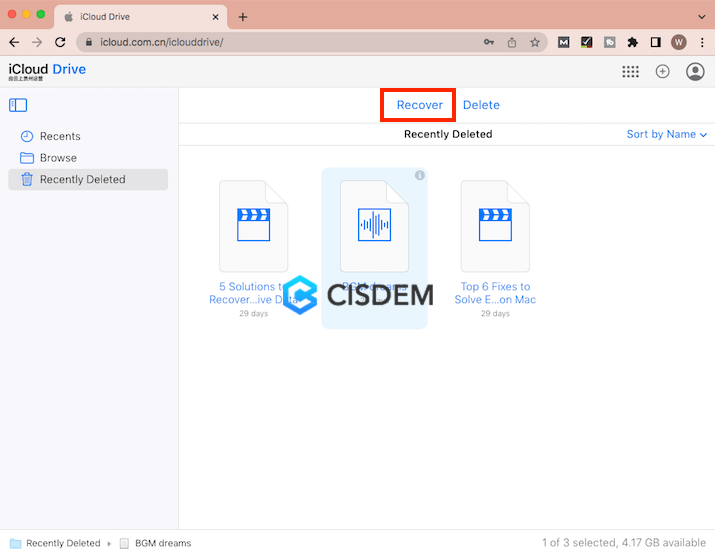
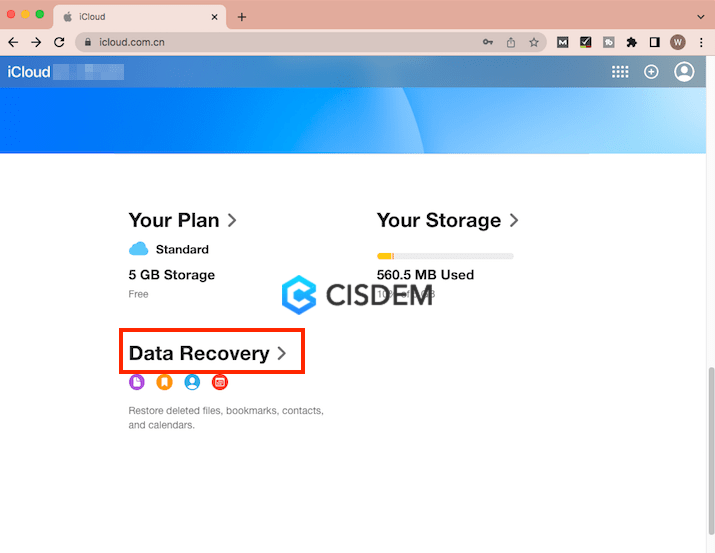
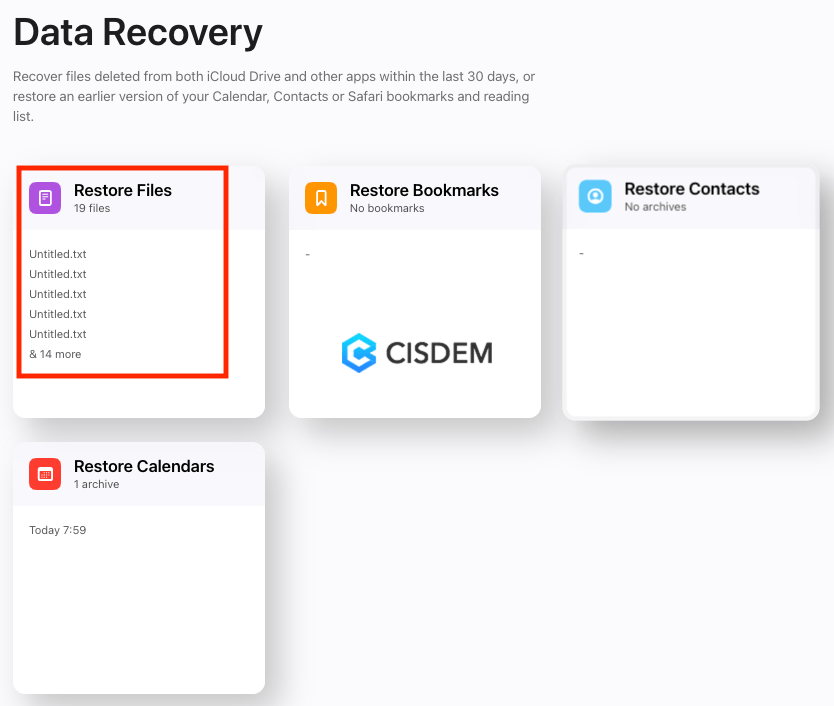

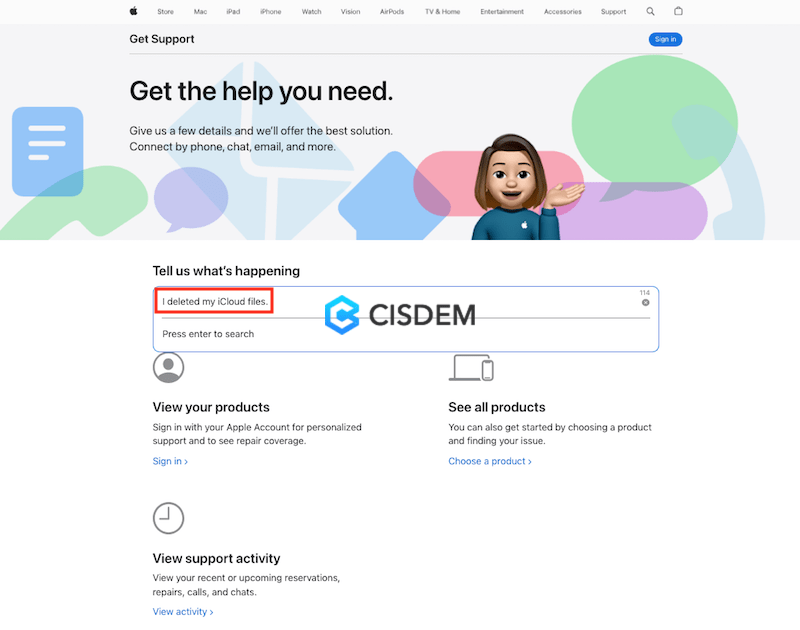
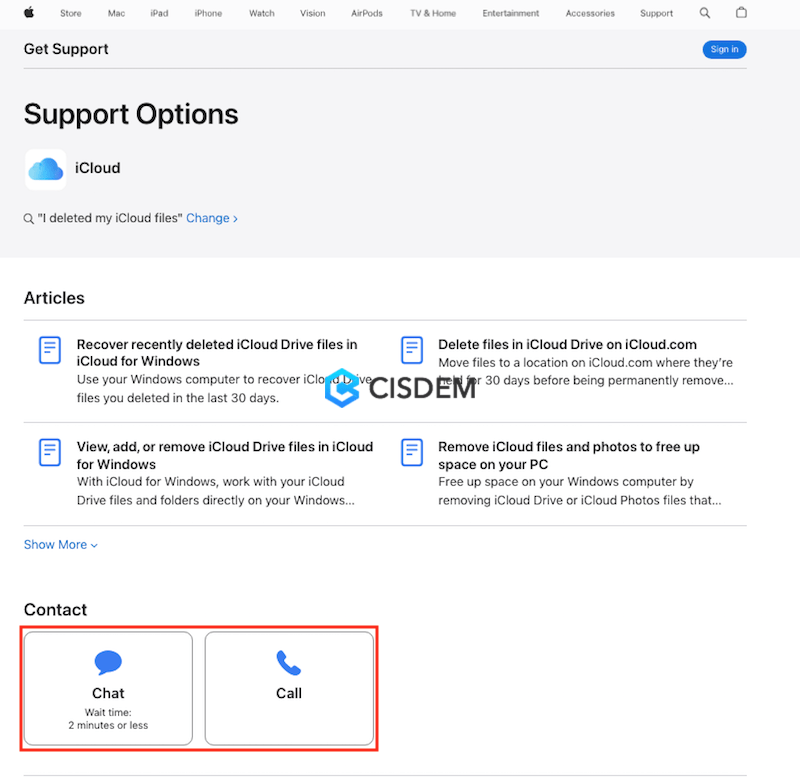



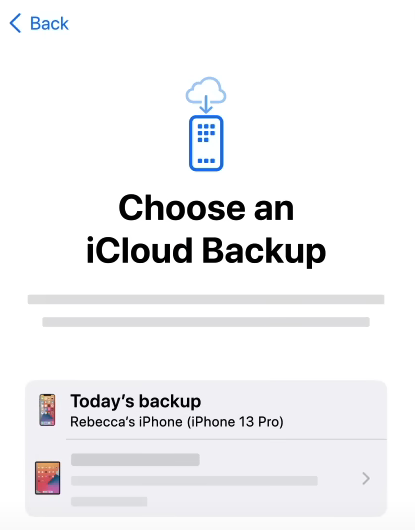



Cynthia R. Eberle
Dude you are a lifesaver. Thank you for the tutorial! I can't imagine there's such a useful tool to recover my deleted files from iCloud after 30 days. I love Cisdem, really.
Justin W. Fuentes
I don't know why my photos are gone, maybe they are moved to the trash by mistake and then gone after 30 days, but your tool did helped me recover the files, because I uploaded those files from my Mac to iCloud before.